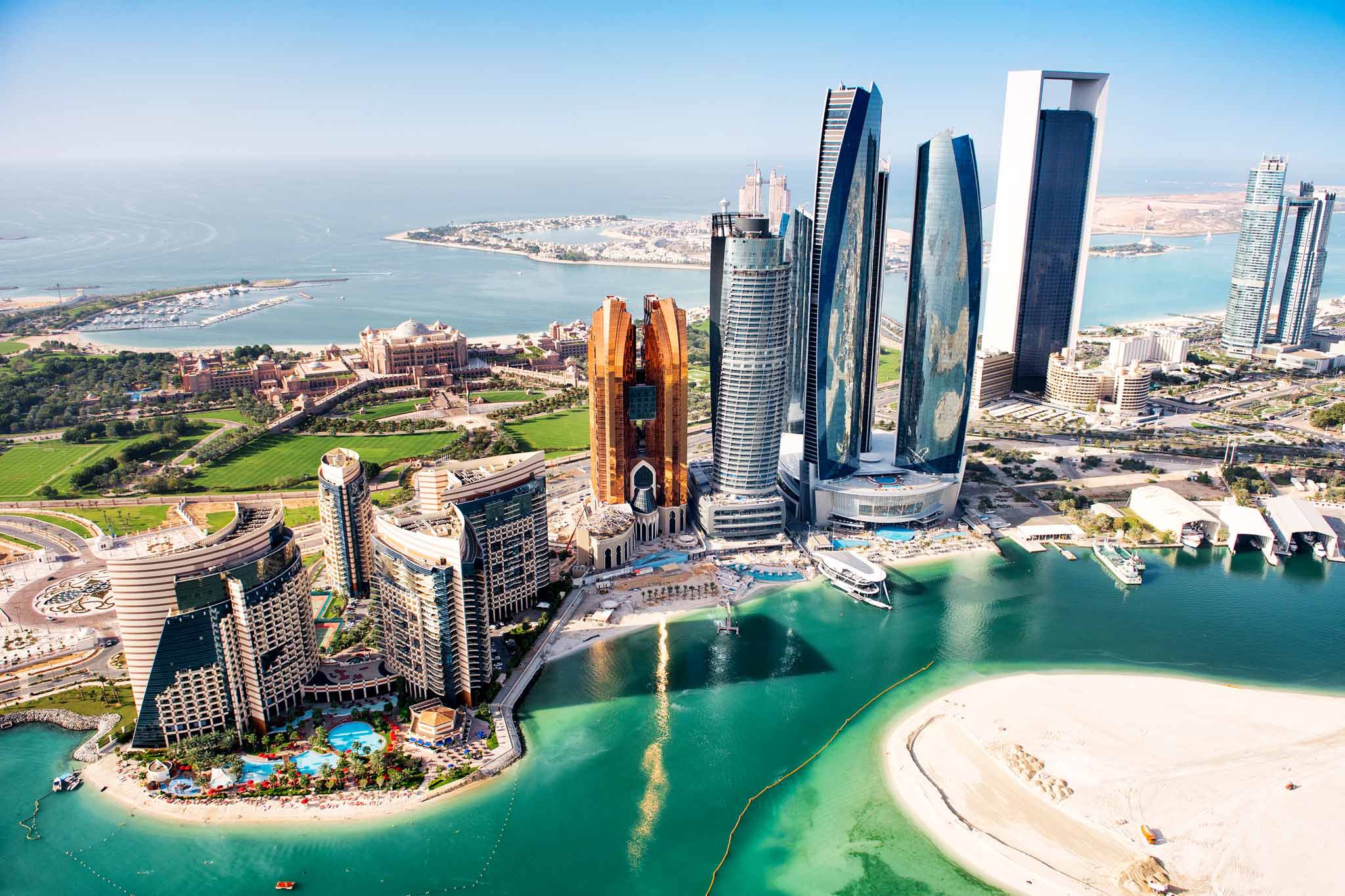Excerpt from the book Business Events Legacies
by Carmel Foley, Deborah Edwards and Karin Weber
In 2020–2021 the business events industry, like many others, was challenged by the lockdowns, travel bans, and social distancing restrictions associated with the Covid-19 pandemic. Mass gatherings of all kinds were cancelled, postponed or disrupted in destinations around the world and event industry professionals found themselves scrambling to implement new technologies capable of delivering virtual adaptations of the in-person meetings and conferences they had planned.
Given the circumstances and the speed with which they had to pivot, what was achieved was remarkable, and at least some degree of connectivity was achieved. However, whilst most agree that virtual events are better than nothing, there is also broad consensus that the energy, inspiration and atmosphere generated by like-minded people gathering together physically at meetings and conferences was missed (Edwards et al., 2020).
As vaccines and greater immunity slow the spread of the virus, face-to-face business events will almost certainly resume because, as humans and as professionals, we are drawn to gather with our peers. The small talk with strangers that goes on as delegates wait in the registration queue will again lead to friendships, networks and partnerships. The casual conversations over lunch will again spark inspirational ideas and solutions to problems. And the serendipitous introductions made during predinner drinks will once again lead to funding opportunities that talented researchers had never dreamed possible.
The networking and interaction that occurs at in-person business events is very hard to achieve online. However, virtual events do have their merits. They are generally more accessible in terms of mobility, finance and time. They don’t involve jet lag for long-haul passengers, and they offer easier access for those not able or willing to travel. The carbon footprint of virtual attendance is better for the planet, registration fees are lower and there is no need to pay for accommodation.
Essentially, more people may be able to attend more events more often if they are offered virtually. Because of this, the world will emerge from the pandemic period with a ‘new normal’ for business events, with many more virtual and hybrid options being available to delegates than in the past. However, it may well be that the new ‘normal’ for such events will mean fewer hotel rooms and cups of coffee consumed by delegates. This could prove challenging for an industry which has etched out its worth and value using such measures. So, as the events industry takes stock of what it has learned in recent times and reconfigures itself to account for this new normal, it may also be timely to consider whether there is need for an entirely different approach to the way business events are conceptualised, leveraged, planned, delivered, studied and evaluated in the future.
“This narrow focus on short-term tourism expenditure has seriously limited our understanding of the many rich legacies such events have the capacity to deliver”
The impetus for this book began over a decade ago when the authors began investigating whether conferences and business events created benefits Introduction and legacies beyond those related to tourism (Foley et al., 2010; Foley et al., 2013). Early studies suggested they did, and research tools were developed to identify just what those benefits were, how frequently they occurred and what impacts they generated (Edwards et al., 2011; Foley et al., 2014; Edwards et al., 2016; Edwards et al., 2017). The product of their research, along with the works of others (for example, Jago & Deery, 2012; Hansen et al., 2020), is prompting a shift in attitudes as industry leaders recognise that defining the success of a business event in terms of simply a tourism contribution limits its potential value.
As competition for public funding, potential delegates’ time and other resources increases, the higher the value proposition a business event can demonstrate, the more likely it will be sustainable and successful over the long term. It also follows that by identifying, planning for, and achieving the broadest possible range of social, economic, environmental, political and knowledge-based benefits from business events, the more sustainable, resilient and successful the industry itself will become.
The tourism/events partnership For decades, business event professionals and governments have operated under the narrow assumption that event legacies are best measured by their tourism contribution (Dwyer et al., 2016; Foley et al., 2013). But how did the value and worth of business events become so inextricably tied to tourism generation and expenditure? In very simple terms, it was a matter of ‘right place; right time’.
Tourism (travelling) and events (gatherings which connect people and communities) have always been important aspects of human behaviour. However, it wasn’t until the latter decades of the 20th century, with growth in both the public provision and commercialisation of leisure, that a small number of Western universities began offering relevant diplomas and, subsequently, degrees. These were initially leisure studies degrees, which covered multiple areas (recreation, sport, tourism, hospitality and events). This meant graduates had knowledge and professional skills in each of these areas and understood the linkages and relationships between them.
Tourism and then events soon emerged as scholarly fields in their own right at a time when both industries were becoming important to destination economies. However, there were those who challenged the worth, legitimacy and long-term career potential that would come from these new industries. They questioned why one needed a degree to be able to manage tourism and events and whether the contributions graduates could make to society warranted the tertiary education resources being invested in them. Given these challenges, the developing industries recognised the importance of being able to justify their existence.
Those in the field knew there were countless social and cultural benefits that involvement in event and tourism activities could bring, but what was needed in the neo-liberal managerial environment that characterised the era was measurable, tangible data that could be used to defend the legitimacy of what they did. In terms of events, one important measurable and indisputable characteristic was the contribution they made to destinations in terms of injecting new money into economies as a result of direct tourism spending.
Consequently, a somewhat symbiotic relationship between events and the tourism industry evolved, where events were seen as an effective strategy for boosting visitation and tourism expenditure at host destinations, and tourism expenditure at host destinations was used both as a way of garnering local support and investment in events and as a tangible way of measuring the event’s successfulness. In this way, the events industry became very much linked with the visitor economy, and management and support for events became the responsibility of destination managers and ministers with tourism portfolios. Business events, in particular, brought high-spending tourists and were seen as being particularly beneficial for local economies.
Decision-makers, particularly those in government, like hard numbers, and measuring increases in expenditure associated with an event is relatively easy to report in hard numbers. Methodologies for measuring tourist expenditure were developed, adapted, critiqued and modified over time and the tourism-related economic benefits a business event could generate soon became the most important focus of both bid planning and post-event evaluation.
However, the premise of this book is that the tourism contribution for host destinations is merely the tip of the iceberg when compared with the other benefits that business events generate. It is also argued that this narrow focus on short-term tourism expenditure has seriously limited our understanding of the many rich legacies such events have the capacity to deliver, and the development of research, planning and management tools and strategies to identify, track and maximise those legacies.
Most governments perpetuate the undervaluing of business events with reporting requirements that are largely limited to metrics around the tourism contribution generated by congresses, conferences, symposiums, exhibitions and trade shows, and the convention bureaux and venues that support them.
Most often located in the tourism portfolios of government ministries, business event bureaux and convention centres have focused their energies and resources for far too long on maximising the tourist dollars generated by business events while ignoring the significant scientific, social, research and long-term economic value on offer; value that has the potential to benefit communities around the world by directly driving development, creativity, partnerships and innovation. But with the business event industry now well established, it is time for event bidding, planning, execution and evaluation to go well beyond this rationale.
Over recent years, event industry leaders have begun recognising the broader impacts and legacies events can generate, well beyond visitor expenditure (see Business Events Sydney, 2021; ICC Sydney, 2021; JMIC, 2021; The Iceberg, 2021). Leading researchers, including the contributors to this book, have investigated, measured and reported on the extensive legacies of business events beyond tourism spend.
Case studies referred to in the book
Thomas Trøst Hansen. International Research Conferences: The Academic Impact, Aalborg University and Wonderful Copenhagen (see Hansen, 2018).
Andrew Gambina, Johanna Hagström and André Petzold. Knowledge Sharing and Organisational Development Through the 2017 Euroheartcare Conference. Jönköping University and Destination Jönköping (see Gambina et al., 2018).
Miriam Scaglione and Simone Dimitriou. Zoom-in on the first-ever Swiss Fintech Corner. University of Applied Sciences and Arts Western Switzerland Valais (see Scaglione & Dimitriou, 2018).
Manisa Mohamed Nor. The Sustainability of the Business Events Industry in Malaysia: Leveraging Inter-Organisational Collaboration for the 55th ICCA Congress. Malaysia Convention & Exhibition Bureau and MyCEB Congress Malaysia (see Mohamed Nor, 2017).
Gaining Edge. Legacies from ICCA Congress 2016 Kuching Sarawak: How Hosting ICCA 2016 Impacted Our Future. Business Events Sarawak and Borneo Convention Centre (see Gaining Edge, 2020).8
Amandine Thiebault. London Tech Week. London & Partners (see Thiebault, 2018).
Hilary du Cros, Carmel Foley, Deborah Edwards and Anja Hergesell. Catalysts for Thriving Economies. University of Technology Sydney and Business Events Sydney (see du Cross et al., 2017).
Carmel Foley, Deborah Edwards, Bron Harrison and Anja Hergesell. ICC Sydney: Feeding Your Performance. University of Technology Sydney and ICC Sydney (see Foley et al., 2019a).
María José Alvez, Irene Sinigaglia, Alanis Lourdes and Gustavo Perrier. 11th China-LAC Business Summit 2018. Punta del Este Convention & Exhibition Center, Uruguay XXI, Grupo Elis and Arquitectura Promocional (see Alvez et al., 2019).
Looking ahead This book seeks to contribute to the existing research on business event outcomes and to help inform discussion about the future of the industry. It includes abridged versions of the case studies listed above. These case studies, drawn from destinations around the world, were developed in order to capture data on the outcomes and legacies (in addition to tourism) generated by selected business events. Each chapter introduces one case study and provides theoretical discussion on some of the relevant issues raised.
The case studies are all very different in nature and are drawn from different types of business events; some large and some small. They relate to conferences, trade shows and meetings at universities from around the world. Some are based in capital or major cities (London, Sydney, Copenhagen, Amsterdam, Geneva) and others in regional destinations (Jonkoping, Sweden; Kuching, Malaysia; Punta del Este, Uruguay). Some of the perspectives presented are those of destination managers and convention bureau staff, some are from delegates and some belong to conference hosts/organisers. The case studies are presented in no particular order. Rather we invite the reader to start with whichever chapter is of most interest to them.



